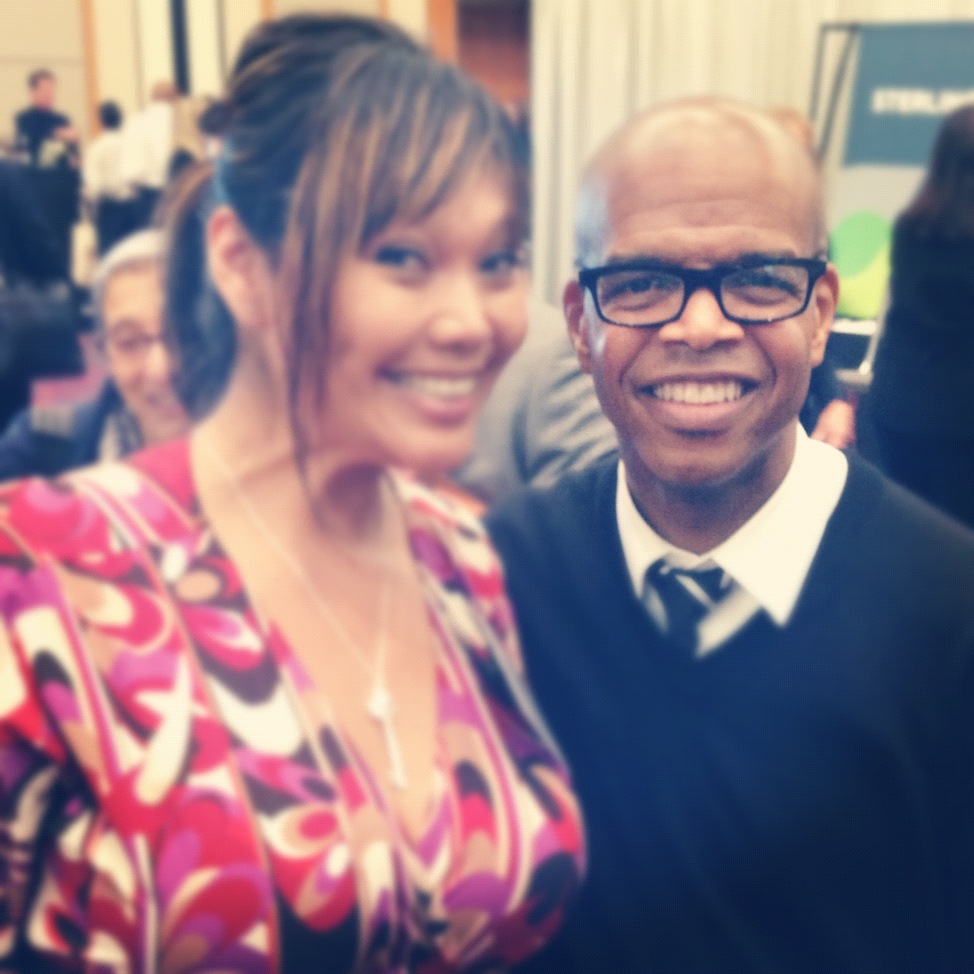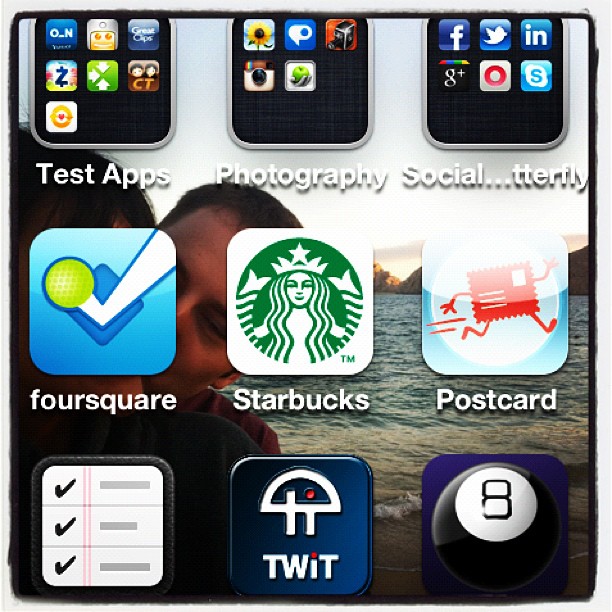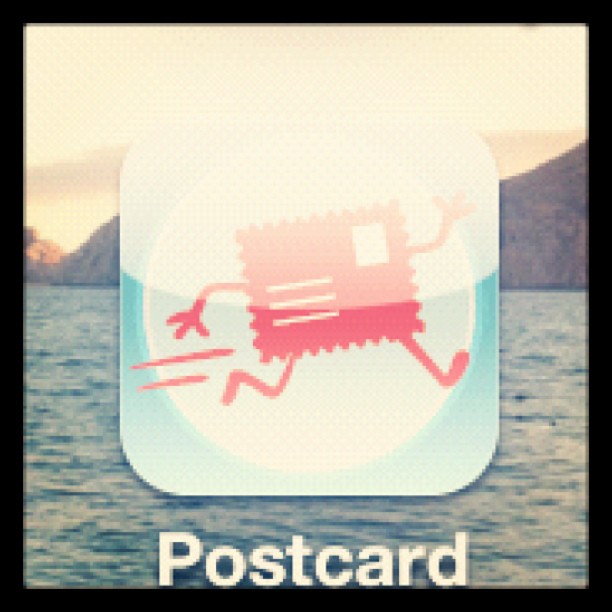Discovering Effective Ways to Present Information
He took the stage at the Portland Business Journal event, waited for silence and then said something like, “My mother was a drug addict, I grew up poor and a red ball saved my life and now I’m here to change yours.”
In that one sentence, Kevin Carroll had my undivided attention and the attention of the other 200+ people in the room for the next hour. And when he’d finished his story, the entire room was different. A red ball really can change lives!
It’s amazing what can happen when you bring together the right audience with the right content. If what you say makes people think, act or begin to dialogue, then you can say you’ve found your red ball.
One key component to getting your message out to the audience depends on the type of presentation you choose to deliver the subject matter. There are multiple ways to deliver content. When you begin planning for your presentation, clarify your presentation objectives by considering these questions;
- What type of information is being presented? Is it a process or project? Does it involve multiple stakeholders?
- Who is the audience? Are they familiar with the subject matter? What information might they be looking for based on their role in a similar process?
- What information or knowledge would you like the audience to walk away with? Do you want them to feel informed? Heard?
- How do you want to communicate with the audience? Are you looking for feedback? Do you want to discuss the project or process with them?
Once your objectives are clear, determine what presentation type will most effectively deliver your information and satisfy the objectives.
Discussion Panels
If you’re subject matter involves multiple stakeholders who’ve each played a role in the completion of a process or project, a discussion panel is a great way to present the material, particularly if the audience is a diverse mixture of stakeholders as well.
The audience will benefit from hearing how each stakeholder was involved and will learn from hearing the viewpoints from stakeholders they may not normally interact with.
Allow each panel guest 5-10 minutes. And include enough panel members to effectively present the entire process. Limit the number of panelists to 6 or less to keep the audience engaged.
Seminars/Webinars
If you’re looking for feedback and direct engagement with the audience, a seminar/webinar can provide the perfect opportunity.
Seminars are small group teaching and learning arrangements that use group interaction as a means of engaging participants. New technologies have increased the reach of seminars through the introduction of webinars, or interactive seminars conducted in an online forum.
Seminars/Webinars usually begin with a presentation or mini- lecture to provide the basis for discussion and include an opportunity for the audience to present questions or feedback. A typical format for this method of presenting includes four basic steps.
- Introduction
- Methods/Strategy
- Results
- Discussion
Time and participant guidelines for seminars and webinars can be scaled up or back depending on level of interest and forum limitations.
Case studies
If you want to present the “story” of a program process in your subject matter, a case study can be very effective.
Case studies present a comprehensive overview of a client’s experiences and results regarding a program or process. Case studies are used to organize a wide range of information and seek patterns and themes in the data, and through cross comparison with other cases.
Ideal length for online and printed material case studies is one-page. Case studies can be presented by a single person to conference attendees and later designed for online distribution to larger audiences.
Workshops
If you have many people interested in a related topic and want to provide opportunity for two-way communication, a workshop is the perfect venue.
Workshops are similar to seminars and webinars in format, though typically longer. Generally speaking workshops are conducted for more comprehensive subject matter and typically last for 4 – 8 hours.
Attendance for workshops ranges from 25 to 200, depending on venue size and interested individuals. Registration is customary to provide seating and catering quantities. A fee is sometimes associated as well.
In order to provide opportunities for larger groups, breakout groups within the session may allow attendees to interact with each other and provide more intimate space for feedback.
Presentations
Kevin Carroll, the guy with the red ball, delivered his thought-provoking message in this style. If you’re the common denominator that links the subject matter, or you ARE the subject matter, a standard presentation might be the most effective means for delivery.
- Development subject matter that attendees are interested in learning more about.
- Utilize effective presentation mannerisms known to engage the audience such as, how you position your body in reference to the audience, inflection in your tone, and making eye contact.
- Use visuals to tie content to imagery.
- Use humor, personal stories and conversational language to connect with the audience.
- Relax.
There you have it – whether you’re information is about the latest in cloud technology or inspiring social change, there are multiple ways to deliver the message in ways that effectively engage the audience. Happy presenting!












